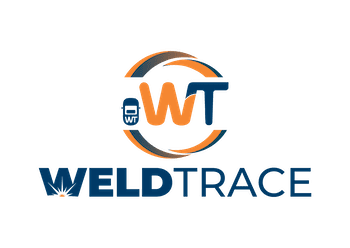Frequently Asked Questions
Weld mapping is the process of assigning information to a weld joint to enable easy identification of its design (WPS), production (welders, their qualifications, date welded), quality (visual inspection, NDT) and traceability (heat numbers of materials joined & welding consumables).
Weld mapping should also incorporate a pictorial identification to represent the weld number on the fabrication drawing, in case the designer does not nominate a weld number. Weld mapping is also another term for weld tracking or welding traceability with the added function of an identification of the location of a weld in a drawing.
Apart from offering the process of weld mapping with data, WeldTrace has a unique annotation tool to create pictorial weld maps. You can annotate the weld number and other details on a fabrication drawing to mark the location of the weld with an easy to use tool.
So, this begs the question as to how a company can demonstrate this welder continuity at a given point in time. Most companies keep some form of record, popularly known as a “Welder’s Log.” A welder’s log has to have an entry made periodically of the process a welder has made a weld to and the date as a minimum and the rest of the record is up to the requirements specified by their own quality system, client specification or certification requirement (ASME shop certification or ISO 3834).
This record keeping process can be quite time consuming, depending on how often a welder’s log needs to be updated and how many welders a company employs. It could be even more difficult to demonstrate that a welder was indeed within the period of continuity when a weld was completed in the past, if such a question arises (e.g. during a client audit or factory certification).
In WeldTrace, we have made the process easier. Each welder’s log is updated automatically on a continuous basis from records made within a project. Apart from providing full traceability for all weld data, a detailed log can be generated for each welder at any time. Each welder’s log will have a list of all welds ever done by a welder, listed by project, WPS, process and type.
With WeldTrace you can also generate an NDE request for welds selected based on an algorithm in order to randomize the selection of welds.
You can add the welders in your company, their WPQ/WQTRs and let WeldTrace manage the welder continuity records.

